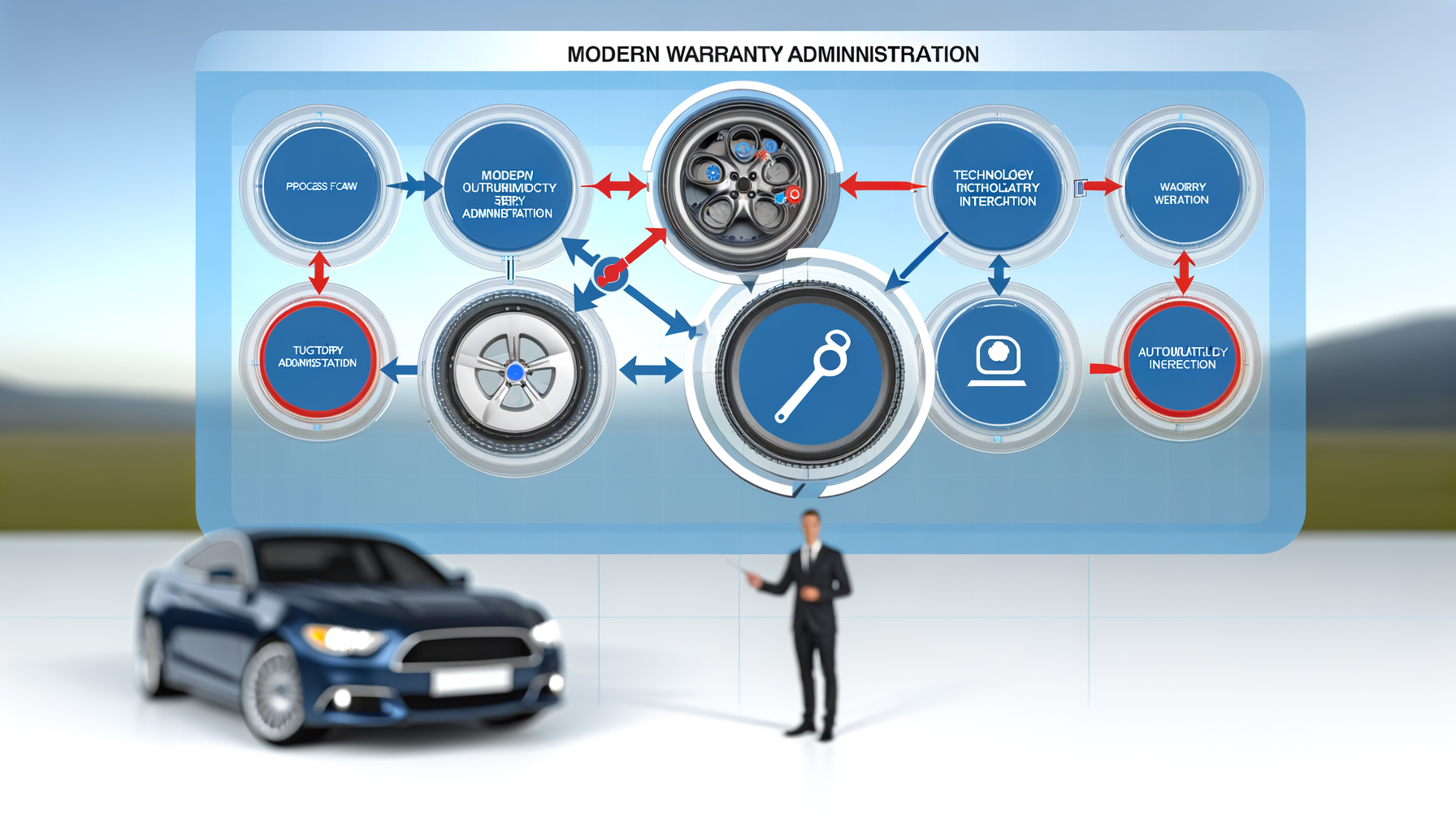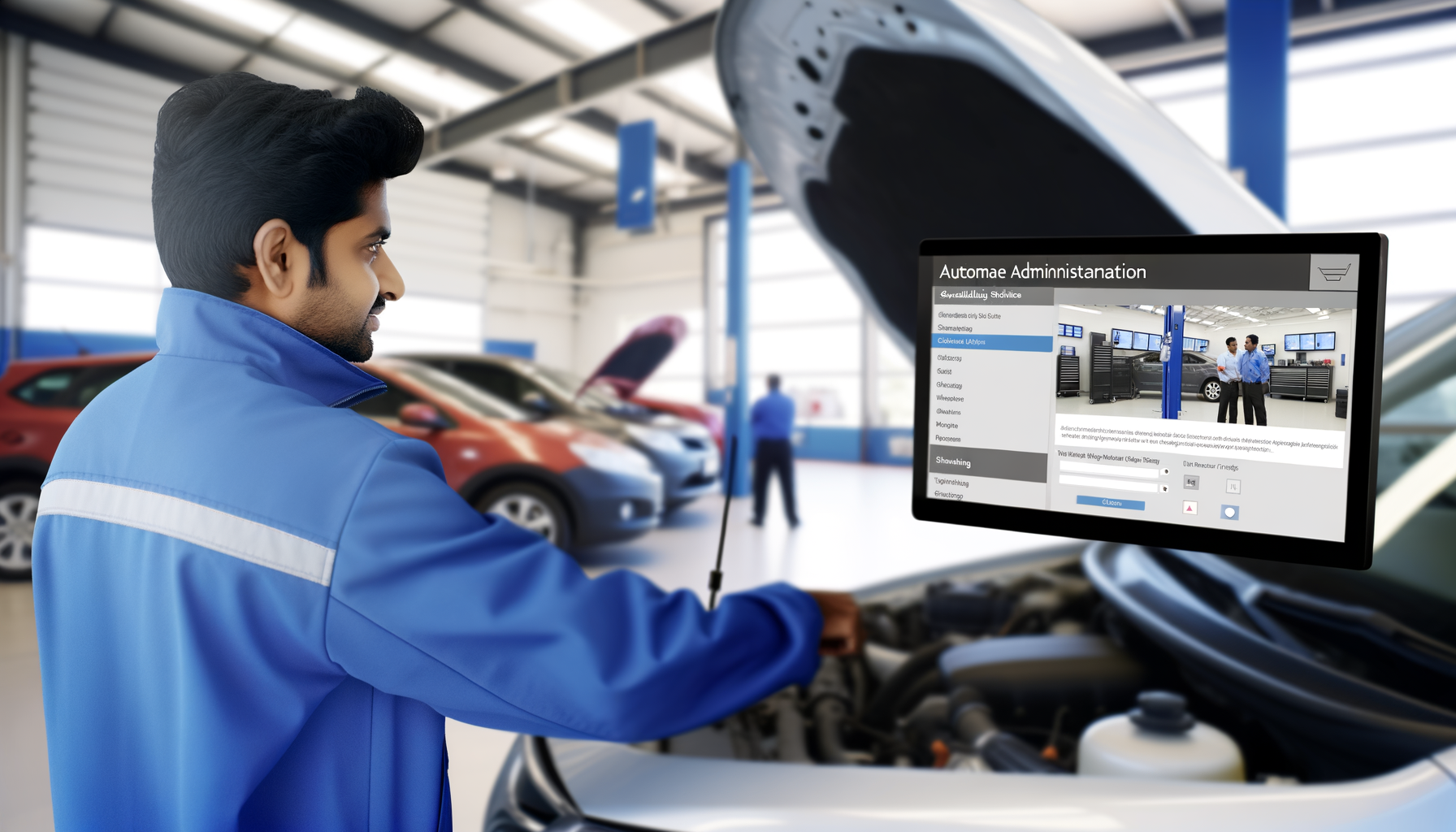Mastering Warranty Administration: The 2025 Blueprint for Dealership Success

Understanding the Current Landscape of Warranty Administration

Warranty administration in 2025 faces unprecedented challenges as dealerships adapt to an automotive industry increasingly driven by technology and customer-centric services. With a 15% rise in EV-related repairs and growing OEM demands for specialized training, service departments must navigate a landscape that demands efficiency and precision.
Amidst these challenges, the strategic handling of warranty claims and reimbursements can significantly impact a dealership's bottom line. Understanding modern warranty administration processes is crucial for service managers aiming to enhance profitability while maintaining high customer satisfaction.
This section delves into the factors reshaping warranty administration today and how dealerships can align their processes to meet contemporary demands.
Optimization Strategies for Warranty Reimbursement

To maximize warranty reimbursement, dealerships must implement meticulous tracking and documentation processes. This involves leveraging digital tools to automate claim submissions, monitor claim status, and ensure compliance with OEM standards.
Statistics show that dealerships utilizing automated warranty submission systems experience a 25% reduction in claim processing time. Incorporating analytics to identify patterns in warranty claims can further enhance efficiency and accuracy.
Here are step-by-step strategies to optimize warranty reimbursement: 1) Conduct regular training sessions on OEM guidelines, 2) Implement a digital tracking system for claims, 3) Use data analytics to identify and rectify claim discrepancies, 4) Regularly review reimbursement metrics against industry benchmarks.
Streamlining Warranty Parts Return Procedures

Efficient parts return procedures are critical to minimizing costs and ensuring timely resolution of warranty claims. With ongoing parts shortages impacting service operations, a streamlined approach is more essential than ever.
By implementing automated parts return tracking and integrating with inventory management systems, dealerships can reduce the time spent on manual processes and improve accuracy.
Steps to streamline parts return: 1) Establish clear return protocols and documentation requirements, 2) Use RFID technology for inventory tracking, 3) Regularly audit parts return processes for compliance and efficiency.
Enhancing Warranty Labor Time Management

Labor time optimization is a critical component of effective warranty administration. With labor shortages and increasing technology demands, managing labor allocation efficiently is pivotal to service department success.
Adopting dynamic scheduling software that accounts for technician expertise and workload can significantly enhance productivity and reduce warranty labor costs.
Steps to optimize labor time: 1) Implement a dynamic scheduling system, 2) Invest in ongoing technician training programs, 3) Analyze labor data to identify bottlenecks and opportunities for improvement.
Leveraging Technology for Warranty Administration

Incorporating advanced technology in warranty administration can transform service department operations. By utilizing integrated software solutions, dealerships can automate repetitive tasks and focus on strategic decision-making.
For example, Auto Pro Solutions offers a suite of tools that streamline warranty management, from claim submission to parts tracking and reimbursement analytics.
Dealerships should evaluate technology providers based on their ability to integrate seamlessly with existing systems and provide actionable insights through data analytics.
Case Study: Successful Warranty Administration Overhaul

A mid-sized dealership faced significant challenges with outdated warranty processes, leading to delayed reimbursements and customer dissatisfaction. By implementing an integrated warranty management system, the dealership achieved remarkable improvements in efficiency and profitability.
Within six months, the dealership reported a 40% increase in accurate claim submissions and a 25% reduction in overall processing time, thanks to enhanced tracking and analytics capabilities.
This case study highlights the transformative impact of embracing technology and process optimization in warranty administration.
Key Challenges and Solutions in Warranty Management

Despite advancements, warranty management continues to face hurdles such as evolving OEM policies, fluctuating parts availability, and the need for continuous staff training.
Dealerships can mitigate these challenges by fostering a culture of adaptability and continuous improvement, ensuring staff are well-versed in the latest industry standards and technologies.
Strategies to overcome challenges: 1) Maintain open communication with OEMs, 2) Prioritize ongoing staff training, 3) Utilize predictive analytics for proactive parts management.
Related Topics
Ready to take your service department to the next level?
Schedule your demo today and experience the power of Auto Pro Solutions.
Schedule Demo